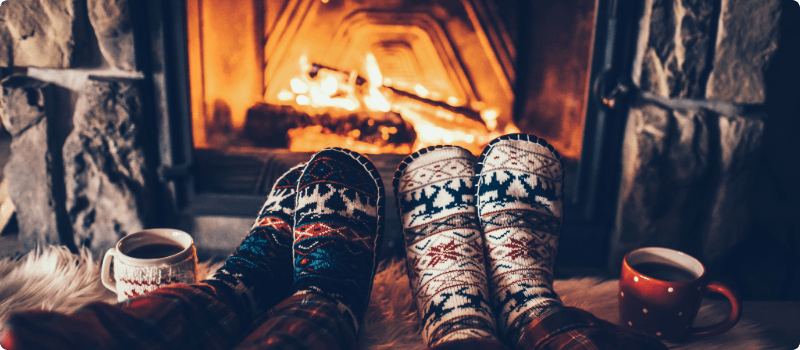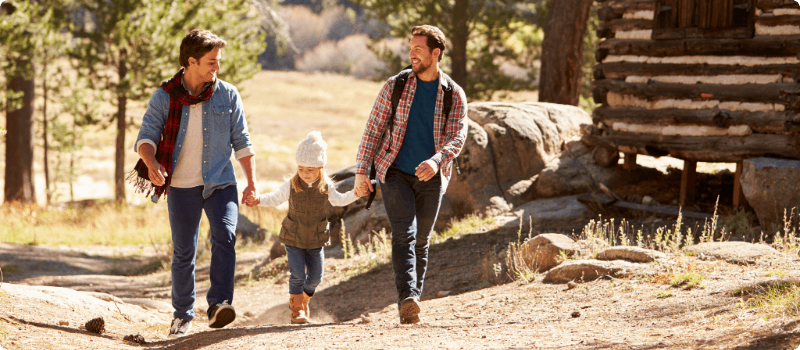Does homeowners insurance cover log homes?
Updated September 20, 2019 . AmFam Team
If you’re buying or building a log home, you’ll want to insure it. Having homeowners insurance for a log home is an important step to making sure you’re protecting what matters most to you. Log homes can be tricky to insure because of their construction materials, but there are plenty of insurance companies that will insure your log home, provided it meets certain criteria.

What factors affect seasonal cabin insurance?
If your log home isn’t your primary residence, you’ll want to consider vacation or seasonal home insurance. There are several factors that can affect the cost of seasonal cabin insurance, but the biggest difference between homeowners insurance and vacation home insurance is the price itself. Insuring second homes is more expensive because those homes are more likely to sit vacant for large spans of time, meaning they’re less likely to be maintained and more likely to have claims made on them. Different companies will use different criteria, but for a log cabin, you can expect at least some of the following to apply.
Distance from a fire department
A remote log cabin may cost you more to insure because of the distance from a fire department. This typically means your claims risk is higher due to the inability to control a house fire effectively, especially when the house is made mostly of wood. The likelihood of a total loss of the home due to a fire is much higher if the fire department can’t reach the house in time to put it out.
Materials used on roof
Depending on the materials used to build the roof of your log cabin, you may pay more for its insurance. Impact-resistant roofing can help bring your premium down due to its sturdiness while using wood shake or shingle can cause the price to rise due to flammability.
Type of logs and fire rating
The type of wood used and the fire rating of the logs are important factors in the cost of seasonal cabin insurance. The better your home is rated, the less it will cost to insure.
House foundation
The type of foundation the house is built on will factor into the cost of seasonal cabin insurance, as well. If you’re having the house built, make sure an experienced contractor is on the job.
Value and location
As with any home, the assessed value of your log cabin will affect the price of insurance. The size and location matters, as well. For example, if your log home is built in an area prone to natural disasters, it's riskier for insurers to protect.

What if my log cabin is a second home?
If you only live in your log cabin home for part of the year, you’ll want to consider seasonal or vacation home insurance. This type of insurance is intended to help protect your home while you’re away, as well as while you’re living in it.
Does it cost more to insure a log home?
Insuring a log home isn’t necessarily more expensive, although insuring it as a second or vacation home can be a bit more expensive than traditional home insurance. This is because it may sit vacant for most of the year and is more likely to have unreported or late-reported damages.
What typically isn’t covered by home insurance for log cabins?
Most homeowners insurance policies will cover log homes the same as they would any other home, as long as they were built by an experienced contractor. A log home can be eligible for home insurance by being built in two ways; a full-log or half-log construction. Either type of home must meet certain criteria to be eligible for home insurance, so be sure to check with your insurance agent about your home’s style and construction to confirm its eligibility.
Looking to insure your log cabin or home? We can help. Connect with your American Family Insurance agent to discuss your options for homeowners insurance for your log home.
This information represents only a brief description of coverages, is not part of your policy, and is not a promise or guarantee of coverage. If there is any conflict between this information and your policy, the provisions of the policy will prevail. Insurance policy terms and conditions may apply. Exclusions may apply to policies, endorsements, or riders. Coverage may vary by state and may be subject to change. Some products are not available in every state. Please read your policy and contact your agent for assistance.

